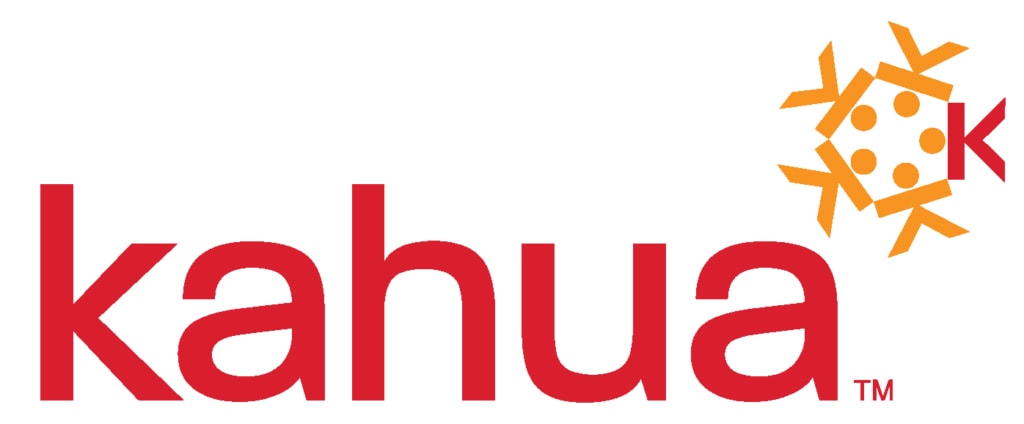Adoption is the Key to Successful Software Implementation – So Don’t Compromise!
By Nicholas Johnson, Chief Evangelist, Kahua
Since COVID-19 began affecting the global business climate early in 2020, there has been a lot of talk about new and changing technologies and the increased adoption of these by the construction industry. Many, if not most of these new technologies were created to capture data that drives better decisions. Often, they are point solutions addressing a particular issue, and thus deploying these solutions is done on a relatively small footprint and with very little disruption to an overall enterprise.

However, best practice has this data flow into other management or reporting solutions that work across the enterprise. Kahua and other Project Management Information Systems (PMIS) can provide that central hub for project data.
The question that is now often repeated is which of these technology changes will last? A quick search will find articles written by every major consulting firm predicting which new technology is likely to stand the test of time. Most agree that adoption is the single overriding factor in determining if a new technology will last. If it is getting used, it is because it is adding value. If it is not getting used it cannot add value.
Adoption is the one area of implementation that should not be compromised for other important considerations. Adoption is key, so let’s look at some of the barriers to adoption and the two attributes a PMIS must have to ensure success.
Obstacles to Adoption
Prominent reasons why PMIS software implementations fail include, (a) the vendor-built software does not fit the way the user organization works, (b) the deployment is too complex and requires more work than the organization expected, and (c) the project fails to get buy-in at multiple levels. Each of these can be avoided.
For a PMIS solution to avoid these pitfalls and stand the test of time it must be flexible and agile. Your organization must adapt to external conditions that force change. Therefore, your PMIS must be able to do the same. Before considering examples, let’s define terms…

Flexible – Capable of Bending Easily Without Breaking
Being a flexible PMIS means that your team does not have to learn new terminology to accomplish your company’s standard business processes. You can continue to speak the same language. And you don’t have to change those processes to accommodate the way your vendor created their software. No executive wants to continually hear that the software they are funding is “too hard to use” or “takes longer to complete.”
If the software is flexible the standard terminology is completely configurable by the user organization. Call it a Change Order Request, Request for Change, a Required Budget Adjustment, or whatever you want to call it. And call it that in multiple languages. Use multiple currencies or multiple cost code structures. Your PMIS platform should work the way you work, not the opposite. And when software works the way end-users expect it to work those end-users tend to embrace the change. Most PMIS offerings do not afford the user organization this kind of flexibility.
How complex an implementation needs to be is up to each organization to determine. There should be a clear vision for what you ultimately want to accomplish. But you can avoid being overwhelmed if you implement in a way that provides value early in the process. If your PMIS is flexible, you will be able to accomplish a long-term plan in as many phases as you need.
Some organizations choose to go from zero to one hundred without stopping. All gas, no brakes. That’s great if you can afford the upfront cost and disruption. But most organizations will need to show incremental improvement and demonstrate value in stages. This is helpful at all levels. End-users see an incremental improvement in their everyday work, which encourages greater adoption by others. Greater adoption amplifies the value provided to the organization.
Demonstrated victories allow management to continue pushing towards the ultimate goal.
Because the construction environment is ever-changing, and because these changes can come without warning, your PMIS must also be agile. Let’s define our second term…

Agile – Able to Move Quickly and Easily
If flexible means bending (changing) without breaking, then to be agile means to do so quickly and easily. This is where low code/no-code application platforms (LCAP) like Kahua’s have a serious advantage over traditional Software as a Service (SaaS). Traditional SaaS solutions from giants like IBM and Oracle have always been considered flexible. You can make them do just about anything you want. These options are very expensive, but if you are willing to pay the price you can have a system that closely matches your current work environment and processes.
However, if you want to make changes to your deployment of these giant solutions you need to think in terms of years, not days or weeks. These tools may be flexible, but they are not at all agile. LCAP enables the entire ecosystem to quickly modify applications or create new ones.
Why is this important? One example would be that you move your business into a new territory where regulations require a new permit process or some other additional business process. Or a pandemic hits and you have to go from wet signature to e-signature with almost no notice. Or your joint venture on a project and your approval processes need to be modified. For any number of reasons, you may need your PMIS to be agile.
It all comes down to these few truths…
- No software has any value if it is not used. Conversely, the more it is used the more value it offers.
- Adoption of software hinges on comfort and familiarity. End-users will embrace tools that work as they are expected to work and improve the outcome of the work. LCAP offers the most flexibility and easily allows specific customization.
- Deploying PMIS software across an enterprise need not be an all-or-nothing proposition. Incremental value can be gained in a phased deployment.
- Rapid change in the construction industry demands that a long-term investment in software also accommodate rapid change. Currently, Kahua’s LCAP is the only such platform in the world and offers unparalleled speed to market when change is necessary.
If you’d like to learn more about Kahua for owners, Kahua for contractors, or Kahua for subcontractors, please visit www.kahua.com.


Nicholas Johnson has over 40 years’ experience in the design and construction industry, including 15+ years combined with Autodesk and Trimble. Starting as a building design engineer with General Dynamics and Heery International (now CBRE), his career grew around the latest technologies. He now has the honor of serving the AEC industry as Kahua’s Chief Evangelist.